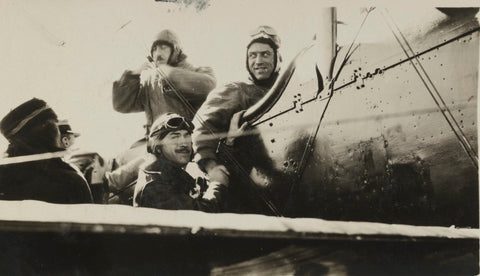
This Coast-to-Coast Aviation Race Had Crash After Crash
As races go, this one was not so great. It took place in 1919, with 63 airplanes competing in a contest that was supposed to be a round-trip across the country. Some competitors started in Long Island and flew to San Francisco and others traveled in the opposite direction. The man behind the competition was Brigadier General William “Billy" Mitchell, a passionate air power advocate who believed the race would push aviation to the forefront of public awareness and help set the table for an independent air force. It didn’t quite work out as he planned. By the time the race was over, nine people were dead and 54 of the airplanes had crashed—some more than once. As John Lancaster details in his engaging and informative new book, The Great Air Race: Glory, Tragedy, and the Dawn of American Aviation , the race really pointed out how far aviation really had to go before long-distance flying became routine.
Lancaster, who has worked for the Washington Post and written for National Geographic the New Republic , Slate , Smithsonian and other publications, talked to Aviation History editor Tom Huntington about his book.
